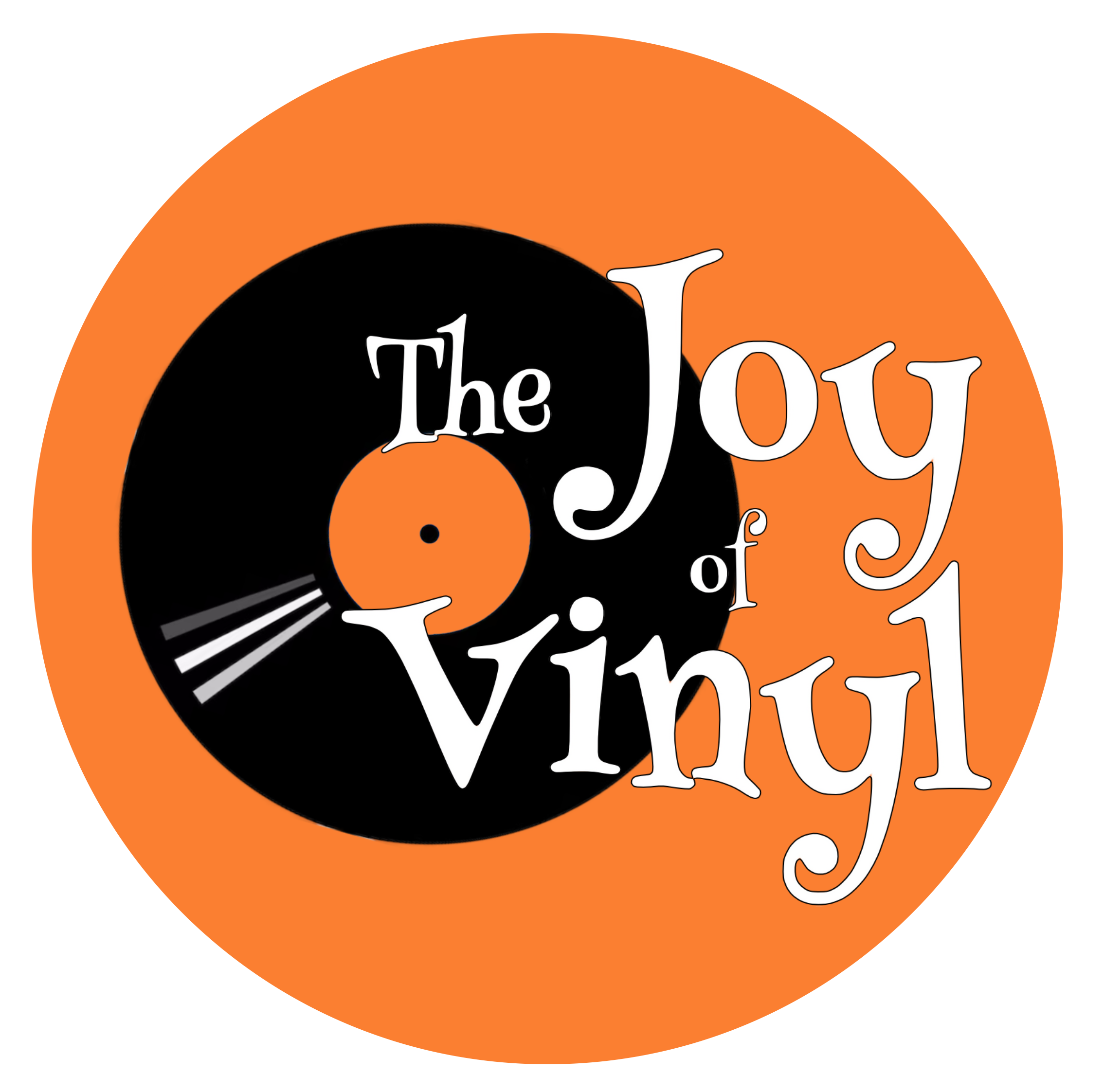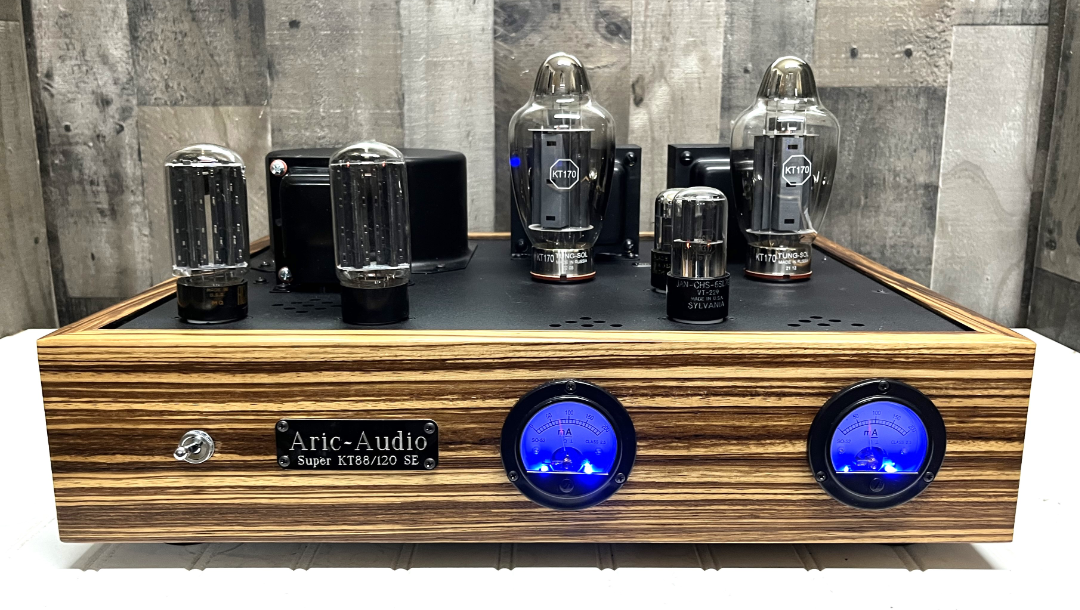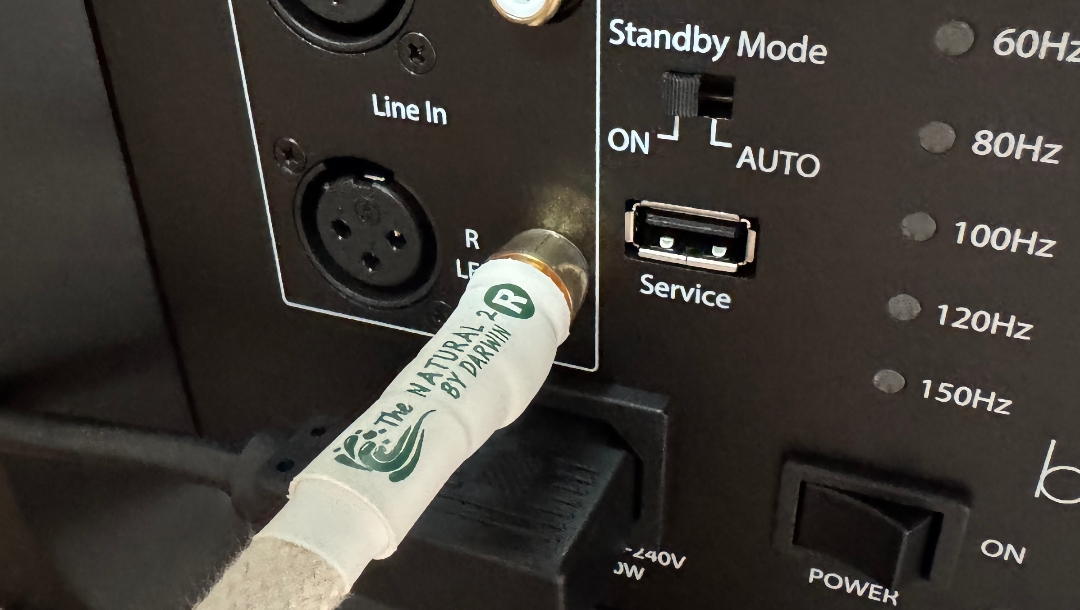After spending a couple of wonderful months with the Super MM Phono designed by Aric Audio I thought it would be great to sit down with Aric Kimball, the engineer behind this amazing unit, to talk about it.
Can you tell us about your first experience with audio equipment and what sparked your passion for building tube amps and loudspeakers?
As early as I can remember, my father would be standing by his silver Pioneer rack system tweaking the knobs until his Uriah Heap, or Jethro Tull sounded exactly the way he wanted it. When I was 15, I had saved my own money for a component system that he took me to buy at Leiser Sound.
What motivated you to start Aric Audio, and what were some of the challenges you faced in the early days?
Almost 30 years ago I worked part-time at a sign shop, and the owner would listen to me talk about installing stereo systems and modifying loudspeakers and said to me “If you love to do it so much, why not start your own business?” That day we built a sign for me to hang near the driveway of the house I rented, and he suggested I call it “Aric Audio Installations and Service”. I had people come to me by word of mouth to install stereos in their cars and homes, and perform small repairs on their equipment. About 6 years later my father died, and I decided I wanted to take a chance and run my business full-time. It was very challenging lining up enough work to keep the bills paid, and also not getting in over my head with small jobs that didn’t pay well. I really had to stay diverse and also make sure that every customer’s expectations were met, so I could continue getting work.
How would you describe your design philosophy when creating audio equipment? What principles guide your work?
My design philosophy leans heavily towards over building products like they did in the days of old where the cost was dictated by the performance of the product, and form always followed function. When repairing or rebuilding lots of equipment that was considered “High-End” I noticed that many low quality parts, or parts that barely met spec were used. I decided that if I were to ever have my own product line that I would never want to be embarrassed by any of the parts I used, and wanted to take pride in them performing well and lasting a long time.
What makes this approach unique compared to mass production?
Hand building is for sure more labor intensive, but also more gratifying as it allows me to not only customize, but to also not be limited by a layout on a PCB, or real estate in a pre-fab chassis. I also can proudly say that everything is made in house and can vouch for its quality.
How have your products evolved over the years? Are there any significant changes or innovations you’re particularly proud of?
In the early days I didn’t think folks cared much about how an audio piece looked, after all they were listening to it not looking at it, right? I also didn’t realize the sonic differences between brands of transformers, caps and resistors could be so profound. A little bit of noise always seemed to get into the products in the early days which I thought was normal. It wasn’t until I decided to up my game that I realized that noise has no place in ultra high-end audio so I started eating, and sleeping grounding schemes and circuit changes to see what my designs were really capable of. I’m very proud of many of the design choices I’ve made, in particular- knowing how to build a piece that you cannot tell is turned on until the music starts playing.
Do you have a favorite project or product that you’ve designed? What makes it stand out to you?
I definitely love all of my creations equally, but for different reasons and have revisited each product many times in the pursuit of trying to raise its performance. I feel that they all excel at their intended purpose. My favorite seems to be the one I’m listening to at the time, which I guess means that have different reasons that I love each one.
Your SET amplifiers receive a lot of praise. What do you think sets them apart from others in the market?
I used to not like SET amplifiers! The few I built in my early years were based on existing schematics and I thought they all sounded “warm and fuzzy” and couldn’t get up and go at any reasonable volume levels. I then researched more deeply how SETs and specifically DHT (directly heated triodes) work and how to get the most from them. The driver stage is paramount in these designs, even more so than the output transformer as it completely dictates how the power tube sounds. These are tough tubes to drive and a weak driver stage can make them sound sloppy and syrupy whereas the right one can make them pop up and sing as if they were lit up. So I like major headroom in the driver stage, and also the power supply as this allows everything else to just breath effortlessly. There are a few other tricks that I’ve learned over the years to fine tune the sound even more, so I think that makes these amps really special in how they sound.
You offer customization options for your products. What has been the most interesting custom build request you’ve received?
Some of the most interesting requests, I didn’t end up doing. Several customers have asked for things that simply weren’t possible or wouldn’t work right together. I have had requests for plexi-glass amp chassis, carbon-fibre amp chassis, using thick, non-shielded speaker cable for low level signals, or using oddball driver tubes that are incapable of driving power tubes. Usually they come from folks reading different forums and piecing together ideas from various products they’ve read about. Sort of like taking a piece of 5 different chefs’ recipes and splicing them together without knowing how the flavors will interact. I try and keep the options limited to things that I’ve either built previously, or know will work well. I want to make sure the end result will be something that sounds great and the user will be happy with.
Tube rolling is a significant part of the tube amplifier experience. Do you have any recommendations for users on selecting tubes?
Tubes really have a major effect on voicing, and similar to seasoning need to be chosen based on the desired flavor. For example in an overly bright system, I would chose warmer sounding 6SN7s like NOS Hytrons or Tung Sol black plates, whereas for an overly dark sounding system I would recommend something more like the Sylvania black plate tall boys or Bad Boys. For power tubes I generally recommend new production. It depends on the type of amp and what the user is looking for.
What do you see as the biggest challenges facing the high-end audio industry today?
I think that many folks are burned out from seeing silver boxes at audio shows, so many companies are just adding more features, or changing things just for the sake of having a new model to keep people interested. I noticed at Axpona last year that there were many speaker systems costing over $100K and many seemed more like sculptures that could produce sound than speakers that were designed artistically. I think finding the balance of form and function is always a challenge.
Balancing Business and Art: How do you balance the artistic aspects of designing audio equipment with the business side of running Aric Audio?
I admit that I’d much rather be building all day than doing any accounting! Haha. Seriously though, I really enjoy all of the physical building aspects of each piece and I also take pride in the circuit design within each chassis, so I think that simply being able to provide an excellent product for the price, and also making a living to do what I love balances it all out for me.
What kind of music do you personally enjoy listening to, and how does it influence your designs?
I really love finding music that I cannot predict. Coming from a lifetime of playing in working bands and writing songs, I often get bored with mainstream music so am searching for new and interesting sounds from bands that are not so well known. If I had to pick some styles, I would say I like a bit of jam-band, classic rock, electronica and heavy metal. I think using such different styles exposes what an amp can do well and what it can’t. I want to make sure my products are fast, and transparent, and also refined and dimensional so that there is always a balance in play. I find that equipment that is voiced for only one style of music typically doesn’t render others very well. Kind of like a one trick pony.
Is there a particular product in your lineup that has an interesting or unique story behind its development?
My Linestages for sure! Early on I had sent a previous model called the Unlimited to Terry London for review along with one of my amps. He called me that night to tell me how much he loved the amp and how it compared favorably to amps that he owns costing 2-3 times more. I asked “What about the preamp, did you like it”? He sort of quickly answered that it sounded comparable to preamps in its price range. I told him that I didn’t think he was really “feeling it” with the preamp and he said “No it’s just fine”. I took this to heart and started redesigning it immediately and sent him a second and third iteration which he noted were better each time, but still not up to par with his reference preamp. After another year at the drawing board, and several “binned” circuits, I finally sent him one I called “The Motherlode II”. I got that phone call again where he was blown away and told me that he stayed awake ALL night long listening to that preamp and how I finally nailed it! This was one of those moments that reinforced my resolve in designing and led me to use that same circuit in all of my linestages.
Are there any figures in the audio industry or related fields who have inspired your work? How have they influenced your designs?
There aren’t any audio figures that have inspired me, but there are others in my earlier life, whose words I continue to embrace today. In Elementary School, I had a teacher/mentor named Mrs. Enright who encouraged me to think outside of the box and fostered creativity. Later, my art teacher Mr. Chase offered the same type of advice. I’ve had bosses that have inspired my work ethic and also encouraged me to not get “stuck in a rut”. The signsmith that I worked for told me to keep pursuing what I love, and there are others as well. I’ve taken many tidbits from all of the people I’ve found to be inspirational in my life.
What’s next for Aric Audio? Are there any upcoming projects or new products that you’re excited about?
I hope to keep pursuing new ideas and creating products that both excel sonically as well as offer excellent performance for their price point. I am very excited about my new “Spectre 12” loudspeakers which are now in production and currently being reviewed by Terry London of Stereo Times. I plan to offer several other speaker models that will excel with my line of tube amplifiers and linestages.
Aric Audio
– READ NEXT –
Subscribe to The Joy of Vinyl Newsletter


